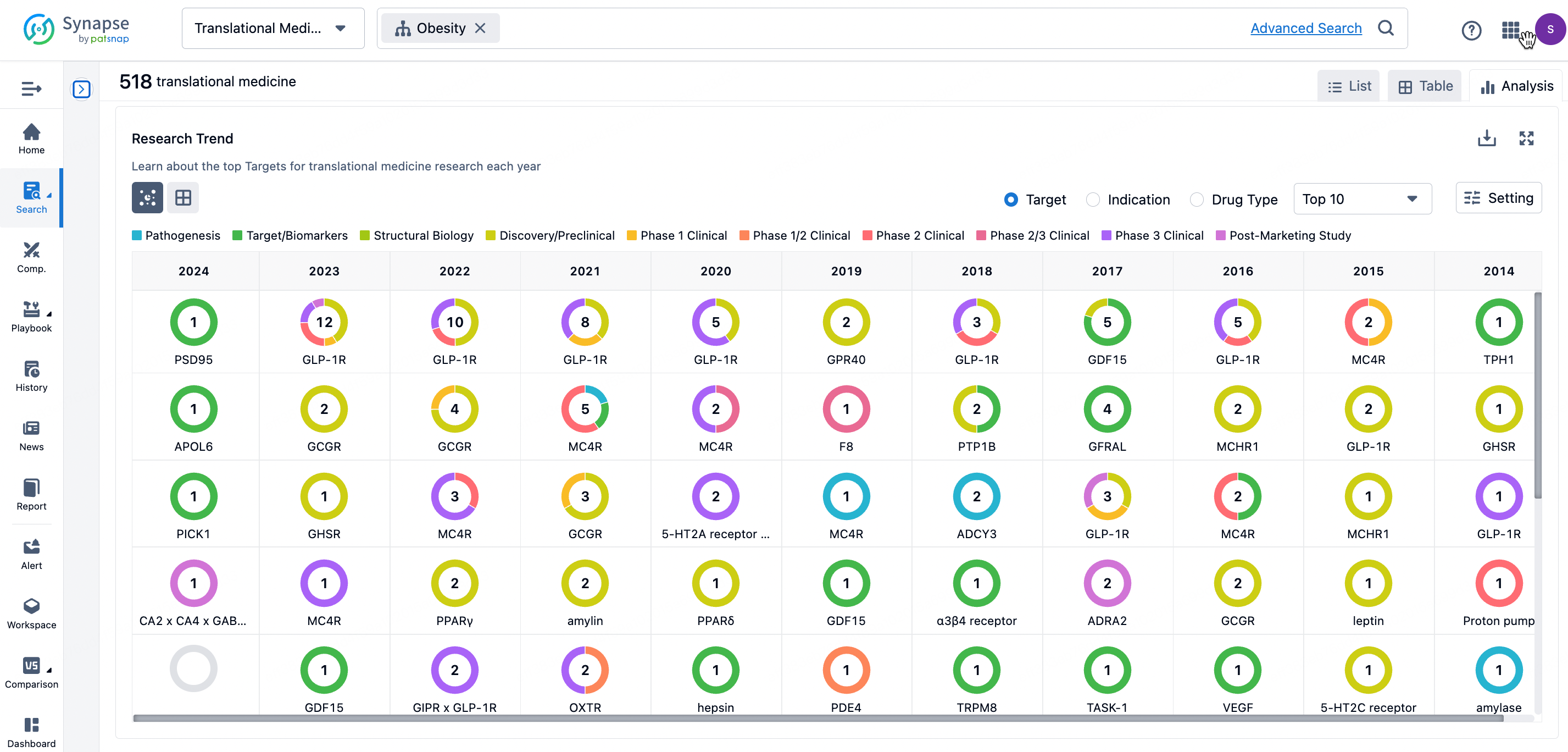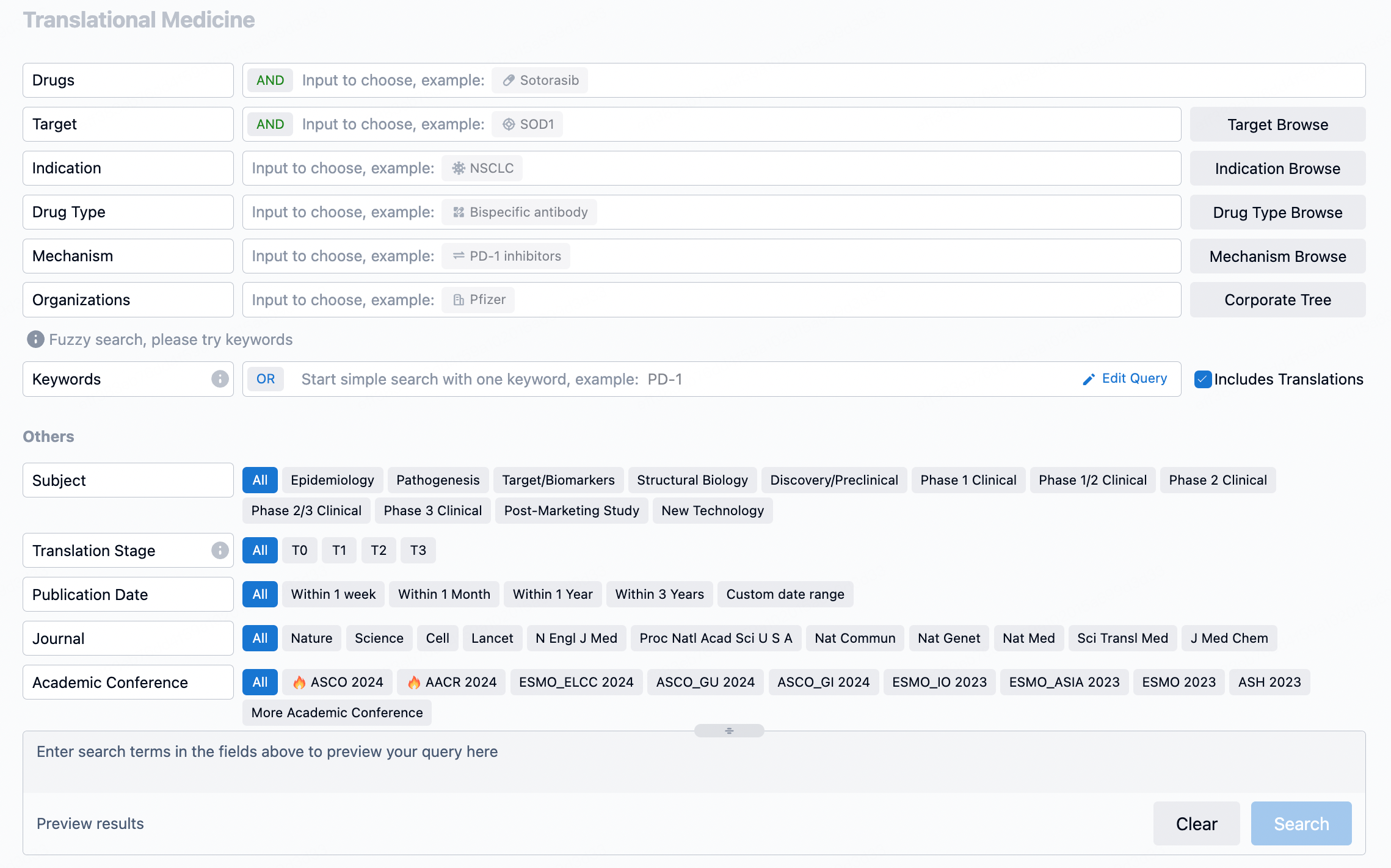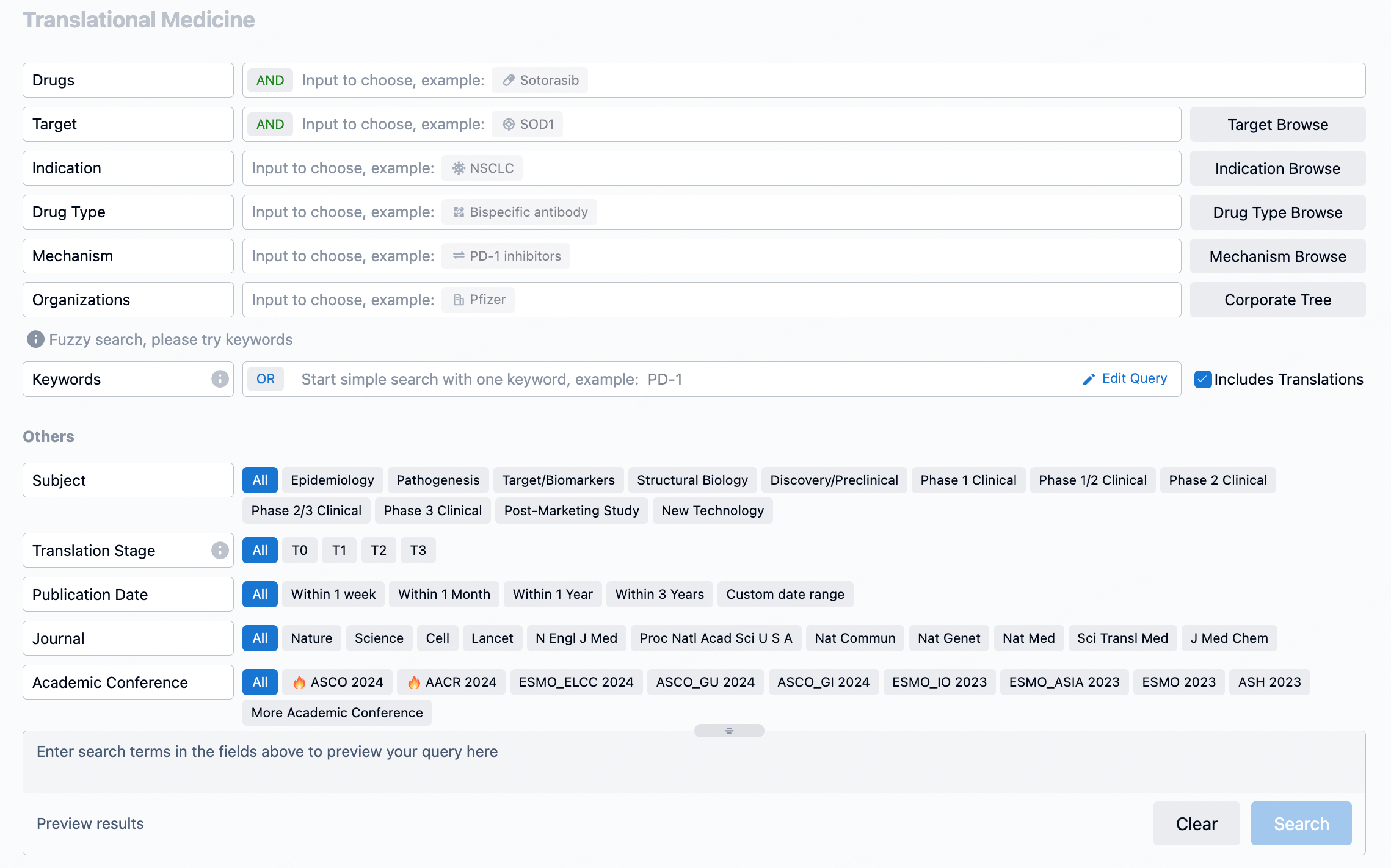Targeting p110δ with CAL-101: A Novel Therapeutic Approach for Chronic Lymphocytic Leukemia
We analyzed the p110δ protein in CD19+ B cells from CLL patients and found that all 24 samples overexpressed this isoform, whereas p110α and p110β were less consistently present. Using CAL-101, a specific p110δ inhibitor, we observed significant cell death in CLL cells at concentrations ranging from 0.1 to 10μM, with 5μM leading to a median of 59.6% viable cells across 18 patient samples. The cytotoxic effect of CAL-101 was marked by the cleavage of PARP and caspase 3.
Previous studies have indicated that CD40-ligand signaling can activate CLL cells and protect them from apoptosis. We found that CAL-101 treatment reduced the CD40 and CD86 activation markers induced by CD40L. Additionally, CAL-101 reversed the increase in cell viability caused by CD40L. However, IL-4 did not show a similar effect on apoptosis reduction.
We also evaluated the impact of CAL-101 on normal immune cells, such as NK and T cells, from healthy individuals. In vitro treatment did not affect the viability of these cells. This was further confirmed in a phase I trial with healthy volunteers, where CAL-101 treatment for seven days reached peak plasma levels of 5μM without altering general hematology or NK and T cell subpopulations.
Our findings suggest that the p110δ isoform could be a promising therapeutic target for CLL, as it selectively targets cancer cells without affecting normal immune cells and disrupts the crucial CD40-CD40L survival pathway. The in vitro and in vivo data support the ongoing Phase 1 clinical trial aimed at treating patients with CLL and related malignancies.
How to Use Synapse Database to Search and Analyze Translational Medicine Data?
The transational medicine section of the Synapse database supports searches based on fields such as drug, target, and indication, covering the T0-T3 stages of translation. Additionally, it offers a historical conference search function as well as filtering options, view modes, translation services, and highlights summaries, providing you with a unique search experience.
Taking obesity as an example, select "obesity" under the indication category and click search to enter the Translational Medicine results list page. By clicking on the title, you can directly navigate to the original page.

By clicking the analysis button, you can observe that GLP-1R treatment for obesity has gained significant attention over the past three years, with preclinical research still ongoing in 2023. Additionally, there are emerging potential targets, such as GDF15, among others.

Click on the image below to go directly to the Translational Medicine search interface.

